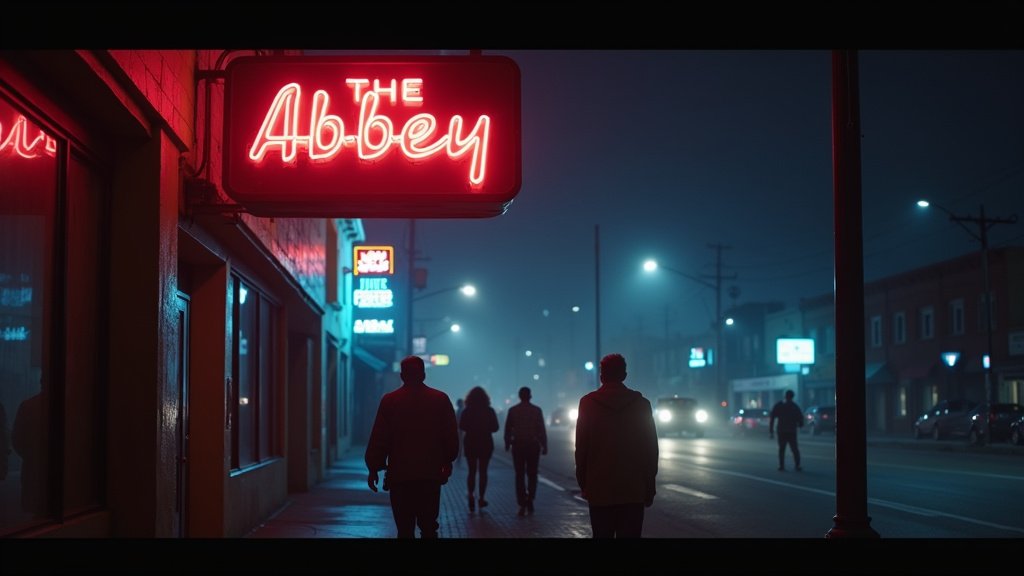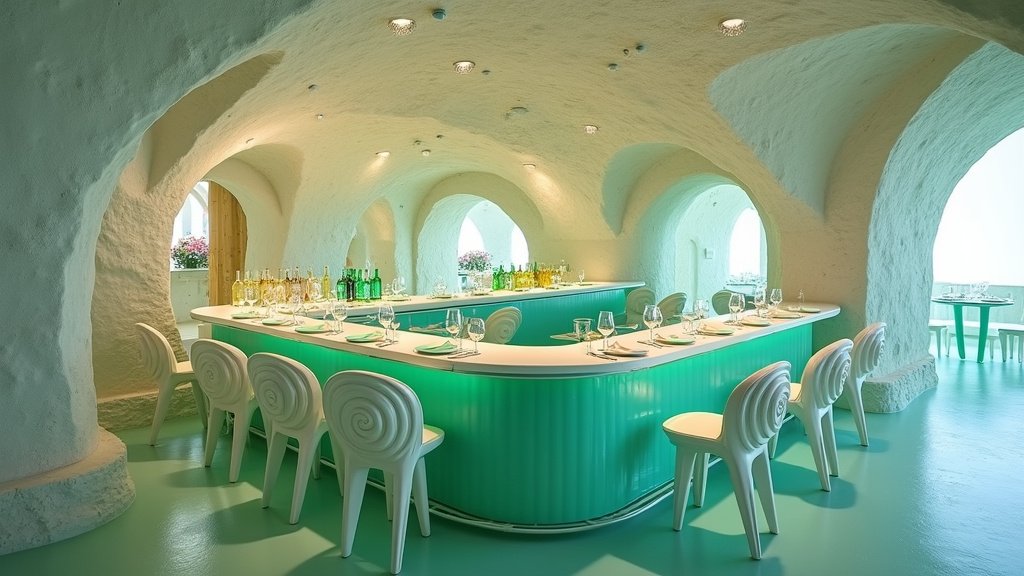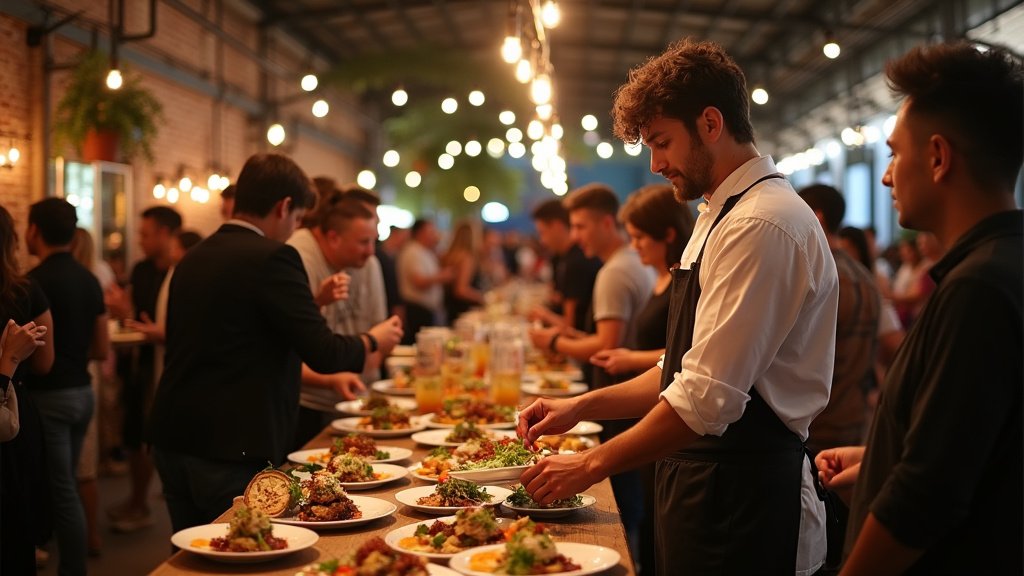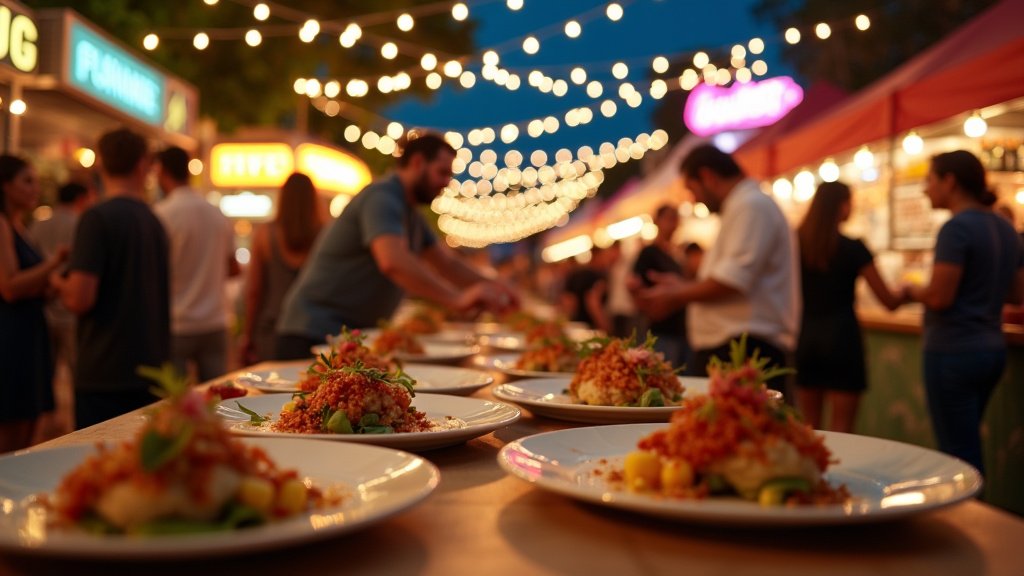Los Angeles Restaurants Anticipate Peak Summer Influx
Los Angeles, CA – As the calendar turns and the mercury rises, the vibrant culinary landscape of Los Angeles is bracing for a significant surge in activity. The official commencement of the peak summer tourist season, aligning closely with the week of June 9th, signals the anticipated arrival of millions of visitors, poised to inject vital energy into the city’s extensive dining scene. Restaurateurs across the diverse neighborhoods of Los Angeles are actively preparing for this seasonal influx, which traditionally represents one of the most lucrative periods for the hospitality sector.
Tourism Projections Signal Robust Recovery
The optimistic outlook for the summer season is firmly rooted in recent projections released by the Los Angeles Tourism & Convention Board. Earlier this week, the organization published data indicating a substantial increase in anticipated visitor numbers. According to their analysis, the city is expected to welcome its highest volume of tourists since 2019, the last full year before the global pandemic significantly impacted travel and hospitality. This forecast represents a crucial milestone in the recovery trajectory for Los Angeles tourism and, by extension, its dependent industries like dining.
The sheer scale of the projected visitor numbers underscores the potential economic uplift for restaurants. Tourists are a key demographic for dining establishments, often seeking unique culinary experiences that reflect the local culture. From high-end fine dining to casual eateries and trendy cafes, every segment of the market stands to benefit from an expanded customer base. The duration of the summer season, typically extending through Labor Day, offers a sustained period of heightened demand, providing a much-needed boost to annual revenues for many businesses.
Restaurateurs Report Increased Bookings and Optimism
Anecdotal evidence from restaurateurs across key areas of Los Angeles supports the projections of the Tourism & Convention Board. In upscale enclaves like Beverly Hills, known for its luxury dining options, operators report a marked increase in advance bookings and inquiries from both domestic and international travelers. Similarly, in the more bohemian and coastal community of Venice, popular for its beachfront dining and lively atmosphere, restaurants are anticipating packed houses as visitors flock to the coast. The historic and rapidly evolving Arts District downtown, with its concentration of innovative eateries and bars, is also expected to see a significant uptick in patronage, benefiting from its appeal to culture-seeking tourists.
Restaurant owners and managers interviewed expressed cautious but palpable optimism about the coming months. The anticipation of higher traffic is a welcome prospect after years marked by uncertainty and fluctuating demand. The summer tourist season is viewed as an opportunity to not only increase revenue but also to showcase the city’s dynamic food scene to a global audience, potentially building long-term recognition and repeat visitation.
Navigating Lingering Headwinds: Labor and Costs
Despite the optimistic revenue forecasts, the path forward is not without its challenges. Restaurateurs continue to grapple with persistent operational headwinds that threaten to temper the benefits of increased demand. Labor shortages remain a significant concern across the hospitality industry. Finding and retaining skilled staff, from kitchen crews to front-of-house servers, is proving difficult for many establishments. This can lead to increased wage costs as businesses compete for talent, or necessitate reduced operating hours or capacity if staffing levels are insufficient. In some cases, it impacts the quality of service, potentially affecting customer experience despite the high volume of diners.
Compounding the labor issue are the sustained high cost of supplies. Food and beverage costs, along with other essential operational expenses like energy and rent, have remained elevated. Global supply chain disruptions, inflationary pressures, and other economic factors contribute to the increased cost burden on restaurants. These factors directly impact profit margins, making it challenging for businesses to fully capitalize on the anticipated revenue boost. While higher volume brings in more money, the increased costs of doing business mean that a larger percentage of that revenue is consumed by expenses, leaving a potentially smaller net profit relative to pre-pandemic times, or even just navigating current economic conditions.
Economic Significance of the Dining Sector
The performance of the restaurant industry during the summer tourist season has broader economic implications for Los Angeles. The dining sector is a significant employer and contributes substantially to local tax revenues. A robust summer for restaurants means more jobs supported, more income circulating within the local economy, and increased tax contributions that fund public services. The interconnectedness of tourism and dining highlights the importance of a successful summer for the city’s overall economic health. As tourists spend on meals, they also often spend on accommodation, retail, and entertainment, creating a positive ripple effect throughout various sectors.
Looking Ahead
As Los Angeles officially enters the summer tourist season during the week of June 9th, the focus is squarely on execution. Restaurants are implementing strategies to handle the increased volume, from adjusting staffing schedules to refining supply orders and optimizing service flows. The balancing act between maximizing revenue from the anticipated surge in visitors and managing the ongoing pressures of labor costs and supply expenses will define the season for many. While the projections from the Los Angeles Tourism & Convention Board offer a bright spot with visitor numbers expected to reach their highest point since 2019, the operational realities on the ground mean that success will require careful management and resilience from the city’s dedicated restaurateurs in Beverly Hills, Venice, the Arts District, and beyond.





